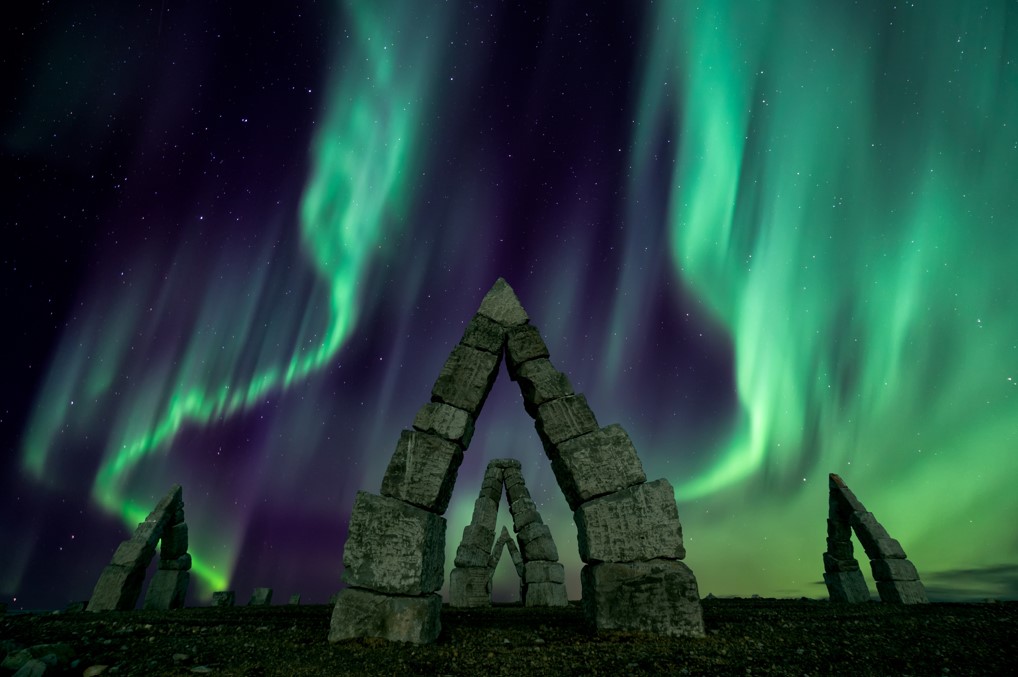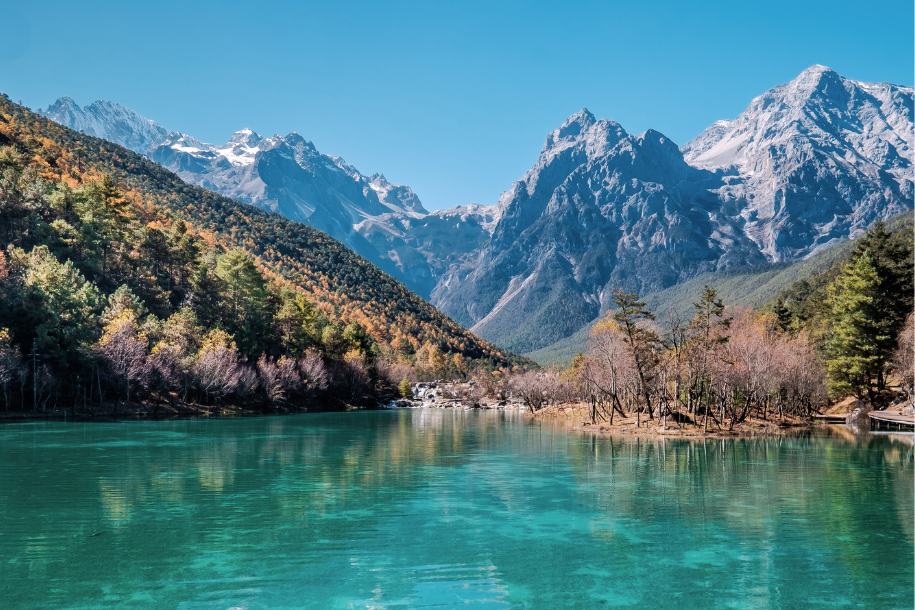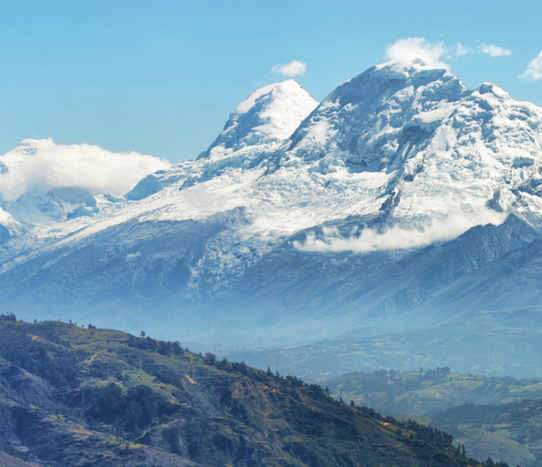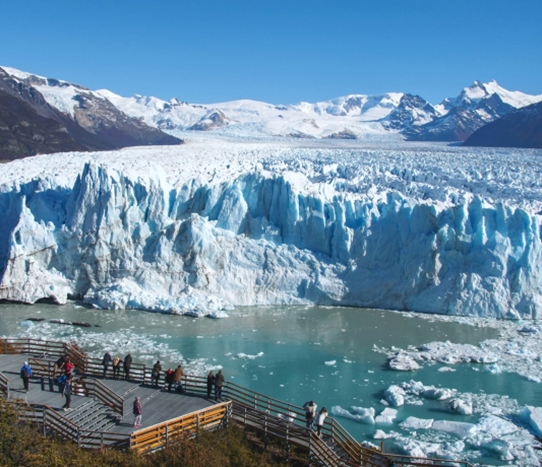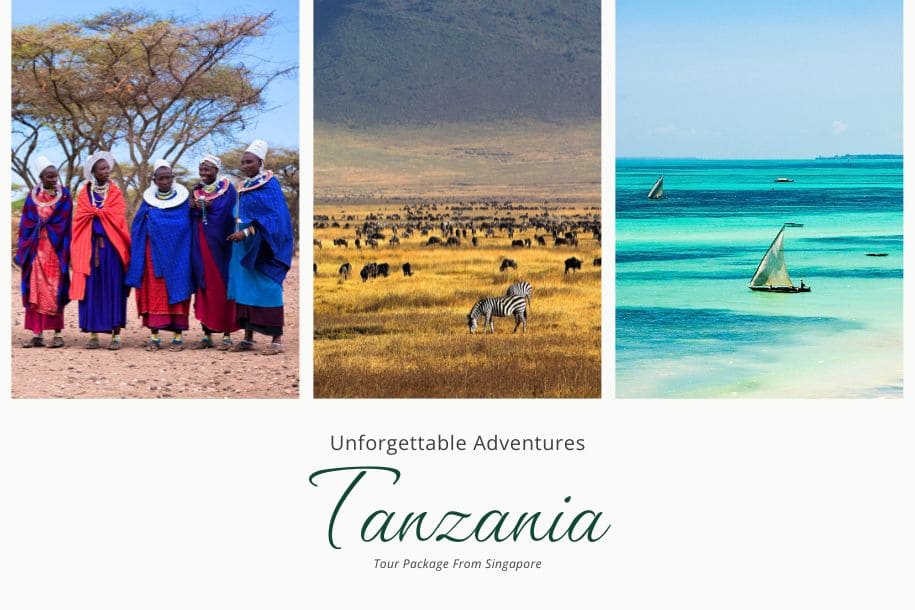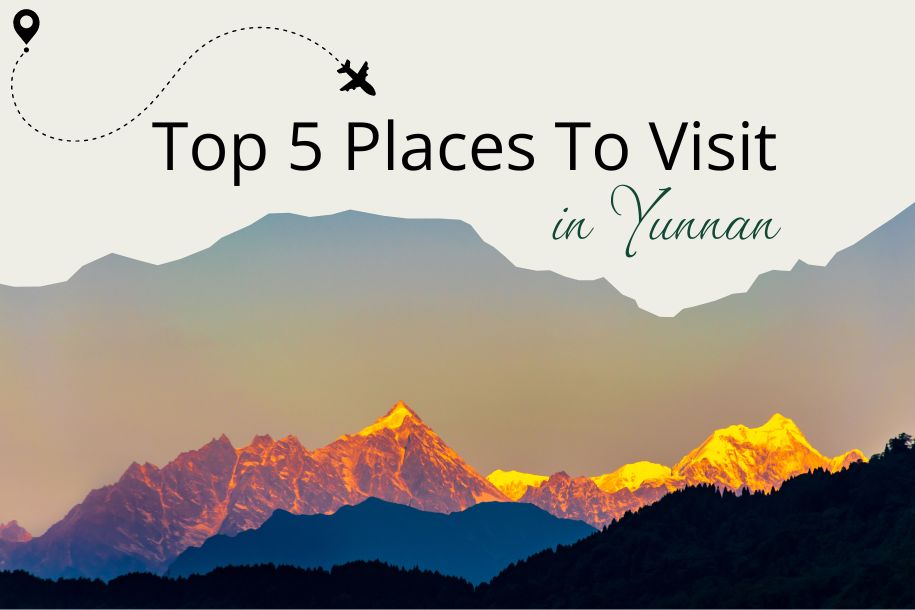When you dream of a winter holiday in Iceland, one mesmerizing image likely comes to mind: the shimmering dance of the Northern Lights across the night sky. This natural spectacle, known scientifically as the aurora borealis, transforms the long, dark winter nights into a breathtaking light show that lures travellers from around the globe.
The Enchanting Aurora Borealis
Between September and April, as winter stretches its icy grasp over the land, Iceland’s nights become a stage for one of the most spectacular performances in the world. The Northern Lights, named after Aurora, the Roman goddess of dawn, and Boreas, the Greek term for the north wind, transform the sky into a vibrant canvas of light.
On clear winter nights, sightseeing excursions are organized to ‘hunt’ these ethereal lights. The ideal location for sightings varies, and the hunt itself is part of the adventure, taking you to the corners of the country where conditions are just right. If you prefer to relax in the comfort of your room, a number of hotels do offer Northern-Lights wake-up calls.
Increase Your Odds: Tips For Spotting The Northern Lights
Hoping to witness the northern lights in Iceland during your stay? Patience, darkness, and clear skies are your best friends. You can check the weather conditions, cloud coverage, and Aurora activity on the Icelandic Met Office Website and Auroraforecast.is.
Once the clouds are in your favour, solar wind activity above normal is your next checkbox. Although the Northern Lights can appear anytime, activity usually peaks around midnight and a few hours before and after.
When the show is about to start, a green arc often appears towards the north. A handy guide to finding true north on a starry night is the Polar Star, which can be located using guiding constellations like the Ursa Major or Big Bear. Seeing the green arc is a good sign that the lights are about to dance. Remember, hunting for the Northern Lights requires a healthy dose of patience, but the reward is often worth the wait.
When To Visit: Maximizing Your Northern Lights Experience
The best time to see the Northern Lights in Iceland is during the winter, from September to April, when the bright summer nights have given way to dark, long winter nights. Although the lights are said to be most active around the equinoxes in September and March, the extended darkness in mid-winter simply gives you a larger window each day to witness this natural spectacle.
Plan Your Winter Holiday In Iceland
Witnessing the Northern Lights in Iceland is an unforgettable experience, a natural spectacle that will etch itself into your memory. Get ready to bundle up, venture into the cold, and gaze up at one of the most beautiful phenomena the world has to offer. Your winter holiday in Iceland awaits, under the dancing lights of the aurora borealis.

